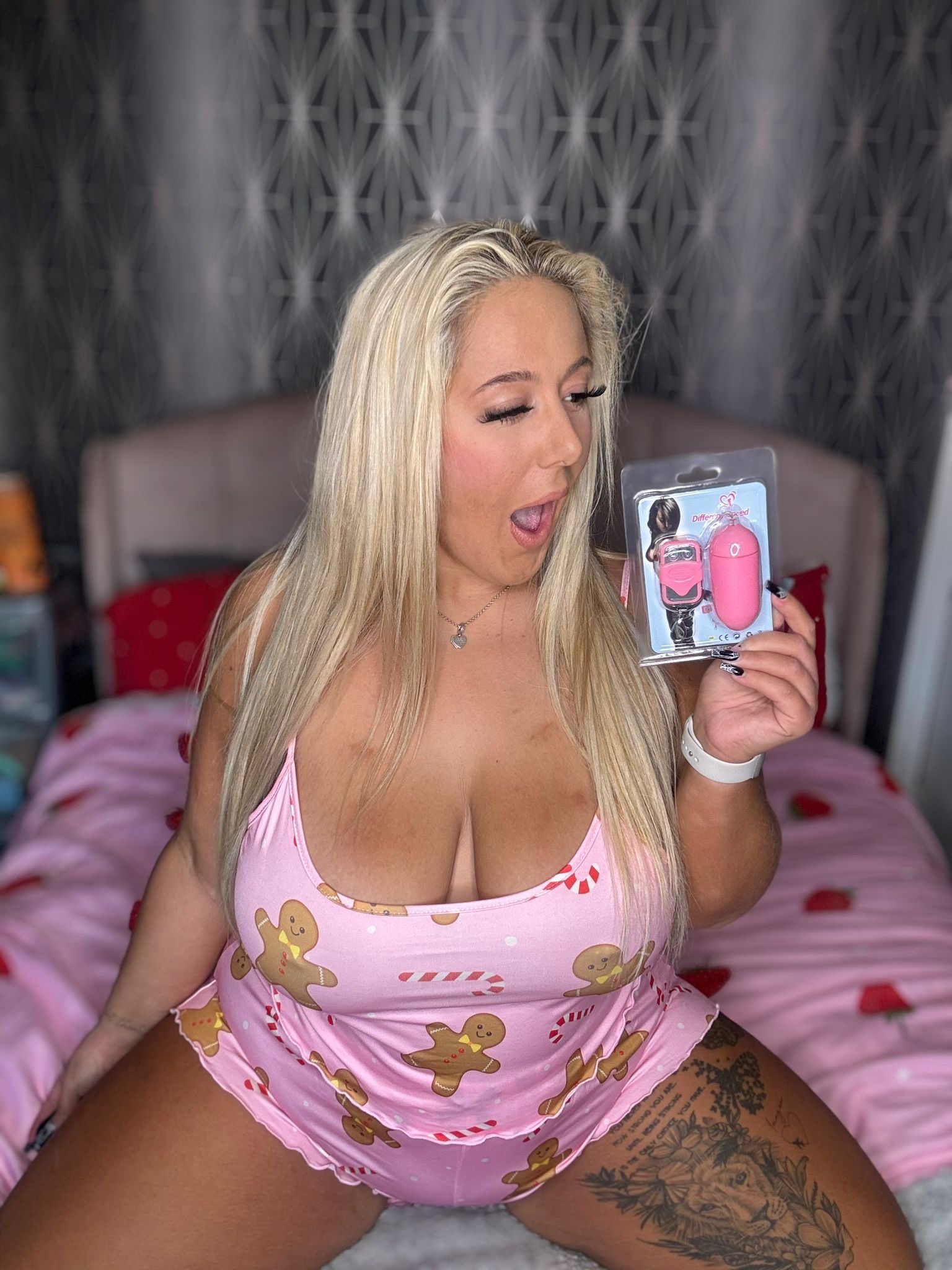Attachment Styles and Dating Patterns

Attachment styles, formed in early childhood through our primary caregivers, significantly influence how we approach relationships later in life, including dating patterns and intimacy.
There are four main attachment styles:
1. **Secure Attachment:** Individuals with secure attachment feel comfortable with intimacy and interdependence, trusting their partners and having healthy communication patterns.

2. **Anxious-Preoccupied Attachment:** Characterized by a fear of abandonment and a strong need for reassurance, these individuals may be clingy, possessive, and prone to jealousy in relationships.
3. **Dismissive-Avoidant Attachment:** People with this style prioritize independence and emotional distance, often avoiding intimacy and suppressing their own needs.

4. **Fearful-Avoidant Attachment:** This style involves a conflicting desire for connection and fear of rejection, leading to push-pull dynamics in relationships, where individuals oscillate between closeness and withdrawal.
Early childhood experiences profoundly shape these attachment styles.
Secure attachment develops when caregivers are consistently responsive and attuned to their child’s needs, providing a sense of safety and security. Anxious-preoccupied attachment often stems from inconsistent caregiving, leaving the child uncertain about their caregiver’s availability and responsiveness.
Dismissive-avoidant attachment can arise from emotionally unavailable or rejecting caregivers, teaching the child to suppress their emotions and seek independence.
Fearful-avoidant attachment can result from a combination of both inconsistent and rejecting caregiving, leaving the child conflicted about connecting with others.
Relationship trauma, such as abuse, neglect, or betrayal, can significantly impact attachment styles and dating patterns.
Experiences of trauma can reinforce existing insecure attachment patterns, leading to further relationship difficulties. For instance, someone with an anxious-preoccupied attachment style may become more clingy and dependent after experiencing infidelity, seeking constant reassurance from their partner.
Conversely, someone with a dismissive-avoidant attachment style may withdraw even further after trauma, fearing intimacy and vulnerability.
Understanding the link between attachment styles and dating patterns is crucial for individuals seeking to create healthy and fulfilling relationships. It allows for self-awareness, identifying potential relationship challenges based on early experiences, and developing strategies to cultivate secure attachments in adulthood.
Therapy can be invaluable in this process, providing a safe space to explore past traumas, understand attachment patterns, and develop coping mechanisms for navigating relationships with greater emotional security and resilience.
Attachment theory posits that early childhood experiences with caregivers shape our internal working models of relationships, influencing how we perceive ourselves and others in romantic partnerships.
These internal models, known as attachment styles, can be broadly categorized into secure, anxious, avoidant, and fearful-avoidant. Understanding these different attachment styles is crucial for comprehending how relationship trauma can impact future dating patterns and intimacy.
-
Secure Attachment: Individuals with a secure attachment style tend to have positive views of both themselves and their partners. They feel comfortable with intimacy, trust their partners, and believe relationships are enduring. Early experiences with consistently responsive caregivers foster this secure base.
-
Anxious-Preoccupied Attachment: Those with an anxious-preoccupied attachment style crave closeness but often fear abandonment. This stems from early caregiving that was inconsistent or unpredictable, leaving them feeling insecure about their loved ones’ availability and affection. They may become overly dependent on their partners for validation and reassurance.
-
Dismissive-Avoidant Attachment: Individuals with a dismissive-avoidant attachment style prioritize independence and self-reliance. They often downplay the importance of relationships and may avoid emotional intimacy. This style develops from early experiences where caregivers were emotionally unavailable or discouraged emotional expression.
-
Fearful-Avoidant Attachment: Fearful-avoidant individuals desire closeness but also fear how to wear a double cock ring rejection and vulnerability. They exhibit a mixture of anxious and avoidant tendencies, often pushing partners away while simultaneously longing for connection. This stems from early caregiving experiences that were both frightening and emotionally distant.
Relationship trauma can significantly impact attachment styles and dating patterns. For example:
-
Trauma-Related Regression: Individuals may revert to earlier, less secure attachment patterns when experiencing relationship distress. They might cling more desperately (anxious) or withdraw completely (avoidant).
-
Difficulty Trusting Partners: Past trauma can make it challenging to trust new partners, leading to suspicion, jealousy, and fear of vulnerability.
-
Replicating Unhealthy Patterns: Individuals may unconsciously seek out partners who mirror their past abusers or caregivers, perpetuating unhealthy relationship dynamics.
It’s important to note that while attachment styles provide valuable insights into dating patterns, they are not deterministic. With self-awareness, therapy, and healthy relationships, individuals can work towards developing more secure attachments and breaking free from the grip of past trauma.
Navigating Intimacy after Trauma
Navigating intimacy after trauma can be a complex and challenging journey. Trauma, whether experienced in romantic relationships or other contexts, can leave lasting scars that impact how individuals perceive themselves, others, and connection.
Relationship trauma often involves betrayal, abuse, neglect, or manipulation, leaving survivors feeling vulnerable, insecure, and distrustful. These experiences can deeply affect one’s ability to form healthy, trusting attachments in future relationships.
Recognizing emotional triggers is crucial for healing and rebuilding intimacy after trauma. Emotional triggers are specific situations, thoughts, feelings, or sensory stimuli that evoke a strong, often negative, emotional response related to the past traumatic experience.
Triggers can manifest in various ways, including flashbacks, anxiety, fear, anger, or dissociation. Identifying these triggers is the first step toward managing their impact on intimacy.
For instance, someone who has experienced emotional abuse may feel triggered by criticism or a perceived lack of support from a partner, leading to feelings of self-doubt and defensiveness.
Someone who has been physically abused might experience anxiety or panic attacks when confronted with physical touch or displays of aggression.
Understanding these triggers is essential for both individuals and their partners. It allows for open communication about needs and boundaries, fostering a sense of safety and understanding within the relationship.
It’s important to remember that healing from trauma is a gradual process, and navigating intimacy requires patience, compassion, and support.
Seeking professional help from a therapist specializing in trauma can be invaluable. Therapy provides a safe space to process past experiences, develop coping mechanisms for triggers, and build healthier relationship patterns.
Partners can also play a crucial role in supporting their loved one’s healing journey by educating themselves about trauma, practicing active listening, validating their partner’s feelings, and creating a nurturing and supportive environment.
Ultimately, rebuilding intimacy after trauma is possible. Through self-awareness, emotional regulation, open communication, and professional support, individuals can reclaim their sense of safety, worthiness, and capacity for loving connection.
Navigating intimacy after trauma can be a complex and challenging journey. Relationship trauma, which can include abuse, infidelity, or betrayal, can deeply impact an individual’s ability to trust, connect, and feel safe in intimate relationships.
Trauma often leaves scars that run deeper than the physical realm, affecting our emotional well-being, self-perception, and attachment style. When we experience relationship trauma, our sense of security and safety is shattered, making it difficult to believe in love, vulnerability, and healthy boundaries.
Understanding how relationship trauma influences future dating patterns and intimacy is crucial for healing and rebuilding trust:
1. **Fear of Vulnerability:**
Trauma survivors may develop a deep-seated fear of being vulnerable in relationships. The pain of past experiences can lead to emotional walls being built as a defense mechanism to protect themselves from further hurt.
2. **Difficulty Trusting Others:**
Trust, a cornerstone of intimacy, is often shattered by trauma. It may be challenging for survivors to believe that others are genuinely good and trustworthy, leading to suspicion and hesitancy in opening up.
3. **Negative Relationship Patterns:**
Trauma can create unhealthy relationship patterns. Individuals might unconsciously seek out partners who mirror the dynamics of their past experiences, perpetuating a cycle of hurt.
4. **Hypervigilance:**
Trauma survivors may remain in a state of heightened awareness and sensitivity to potential threats. This hypervigilance can make it difficult to relax and enjoy intimacy, as they constantly scan for danger signs or cues.
5. **Rebuilding Trust:**
The process of rebuilding trust after trauma is gradual and requires patience, self-compassion, and healthy communication.
Seeking professional support from a therapist specializing in trauma can be invaluable. Therapy provides a safe space to process emotions, understand the impact of trauma, develop coping mechanisms, and learn strategies for building healthier relationships.
It’s essential to remember that healing is possible, and intimacy can be re-experienced in a safe and fulfilling way.
Healing and Moving Forward
Healing from relationship trauma is a deeply personal journey, and it’s essential to remember there’s no one-size-fits-all timeline or approach. The impact of past wounds can linger, influencing our perceptions, beliefs, and behaviors in future relationships.
One of the most significant ways relationship trauma affects dating patterns is by creating a cycle of unhealthy choices. Individuals may subconsciously seek out partners who mirror aspects of their past abusers, drawn to familiar dynamics even if they are detrimental. This can stem from a yearning for validation or an unconscious belief that they deserve such treatment.
Intimacy becomes a particularly challenging terrain after relationship trauma. Trust, vulnerability, and emotional safety are deeply compromised. Past hurt can lead to fear of getting close, difficulty communicating needs, and a tendency to push partners away before feeling truly seen and understood.
Therapy emerges as an invaluable support system in this healing process. It provides a safe space to explore the complexities of past experiences, unpack underlying beliefs that may be perpetuating harmful patterns, and develop healthy coping mechanisms.
A therapist can help individuals identify triggers, understand their role in unhealthy relationships, and learn to set boundaries that protect their emotional well-being. Through therapy, individuals can gain a deeper understanding of themselves, their needs, and what constitutes a healthy relationship.
Moreover, therapy empowers individuals to challenge negative self-perceptions that may have arisen from past trauma. It helps them rebuild their sense of self-worth and reclaim their agency in shaping their future relationships.
The path towards healing is not always linear; there will be setbacks and moments of doubt. However, with the guidance of a skilled therapist and a commitment to self-reflection and growth, it’s possible to break free from the cycle of relationship trauma and cultivate fulfilling, healthy connections.
Healing from relationship trauma is a deeply personal journey, requiring patience, self-compassion, and a willingness to confront painful emotions.
It’s important to recognize that trauma leaves an imprint on our subconscious, shaping our beliefs about ourselves and others, often leading to unhealthy patterns in future relationships.
Moving forward involves understanding these patterns:
-
Fear of Vulnerability: Trauma can make it difficult to trust and open up to new partners.
-
Repeating Past Patterns: We may unconsciously seek out relationships that mirror our past wounds, hoping for a different outcome.
-
Difficulty with Boundaries: Trauma survivors may struggle to set healthy boundaries, leading to codependency or resentment in relationships.
Cultivating self-love is crucial in this process. It means:
-
Accepting your past without judgment and acknowledging the pain you’ve endured.
-
Practicing self-compassion – treating yourself with kindness and understanding, just as you would a dear friend.
-
Identifying your needs and learning to prioritize them in all aspects of life, including relationships.
Therapy can be immensely helpful in navigating these challenges. A therapist provides a safe space to explore your experiences, process emotions, and develop healthy coping mechanisms.
Healing is not linear; there will be ups and downs. But with time, self-care, and support, it’s possible to break free from the grip of past trauma and build fulfilling relationships based on trust, respect, and love.
Visit the full story here
Explore the full discussion
- How Skincare Consultations Contribute To A More Effective Skincare Routine - August 30, 2025
- How Retinol Peels Treat Enlarged Pores In Kingston Upon Thames - August 29, 2025
- How Often Lip Filler Top Up - August 27, 2025


